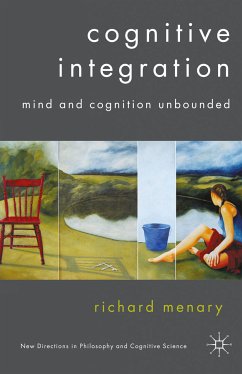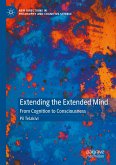The book begins by showing how proponents of 4E are divided amongst themselves. Proponents of Extended Mind insist that internal representations are always needed to explain the human mind. However, proponents of Enacted Mind reject this claim. Using insights from Ludwig Wittgenstein, the book introduces and defends a new theoretical framework called Structural Enacted or Extended Mind (STEEM). STEEM brings together Enacted Mind and Extended Mind in a way that rejects all talk of internal representations. STEEM thus highlights the anti-representationalist credentials of 4E and so demonstrates how 4E can herald a new beginning when it comes to thinking about the mind.
Dr. Victor Loughlin is a Postdoctoral Research Fellow at the Centre for Philosophical Psychology at the University of Antwerp, Belgium. His work has been published in journals including Synthese, the European Journal of Philosophy and Philosophia. Further details about him can be found at his website: victorlouglin.com
Dieser Download kann aus rechtlichen Gründen nur mit Rechnungsadresse in A, B, BG, CY, CZ, D, DK, EW, E, FIN, F, GR, HR, H, IRL, I, LT, L, LR, M, NL, PL, P, R, S, SLO, SK ausgeliefert werden.









